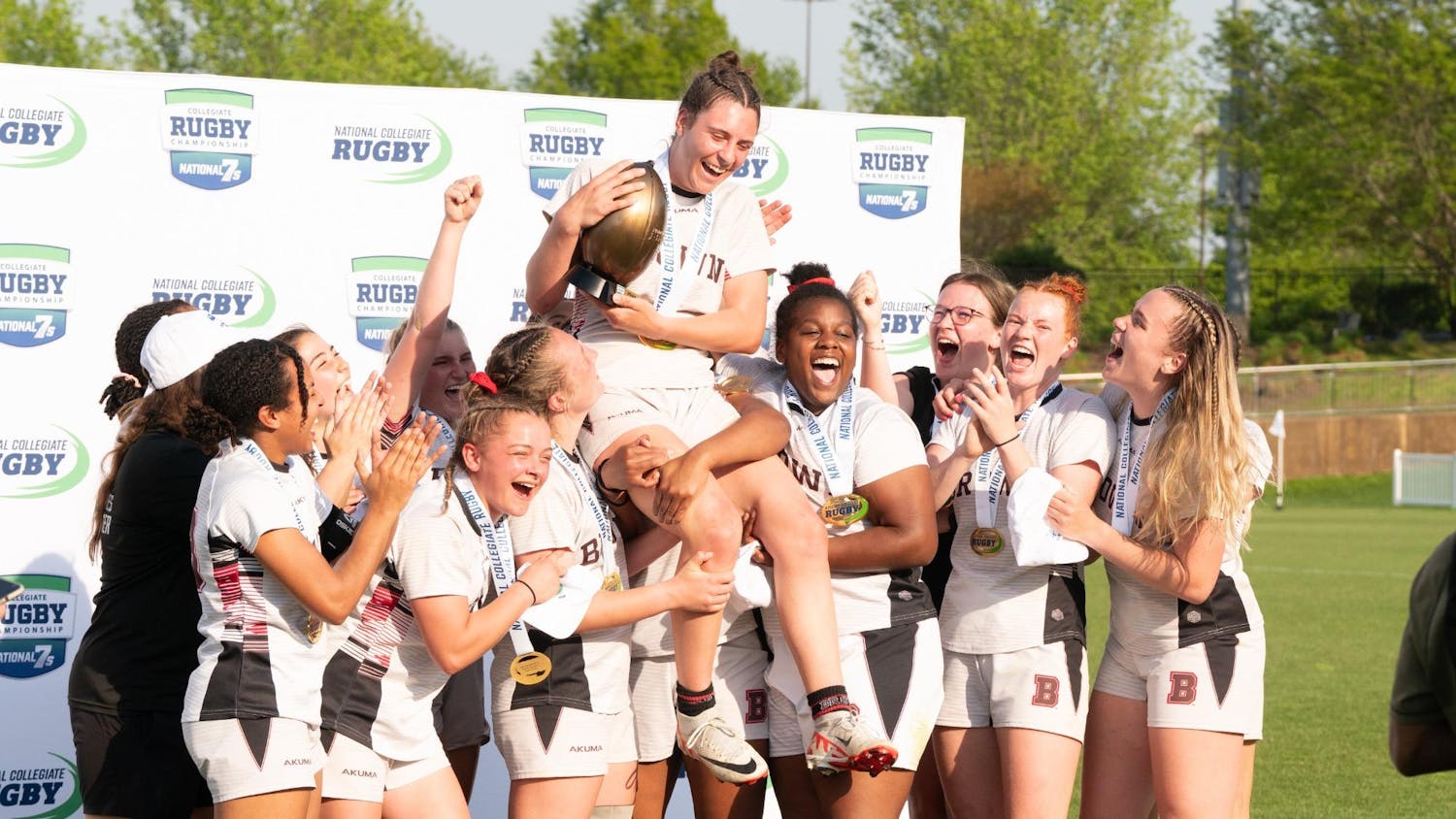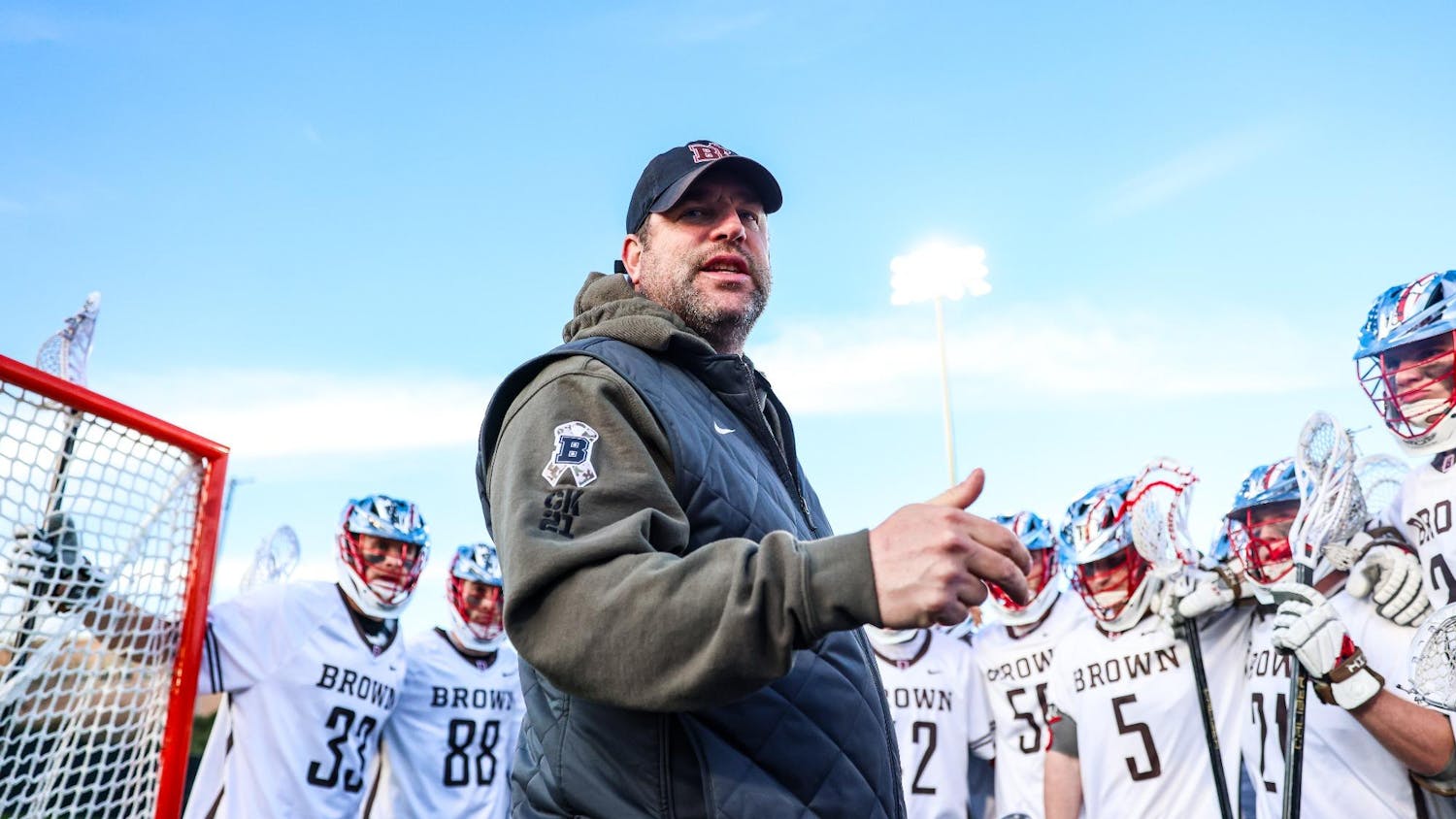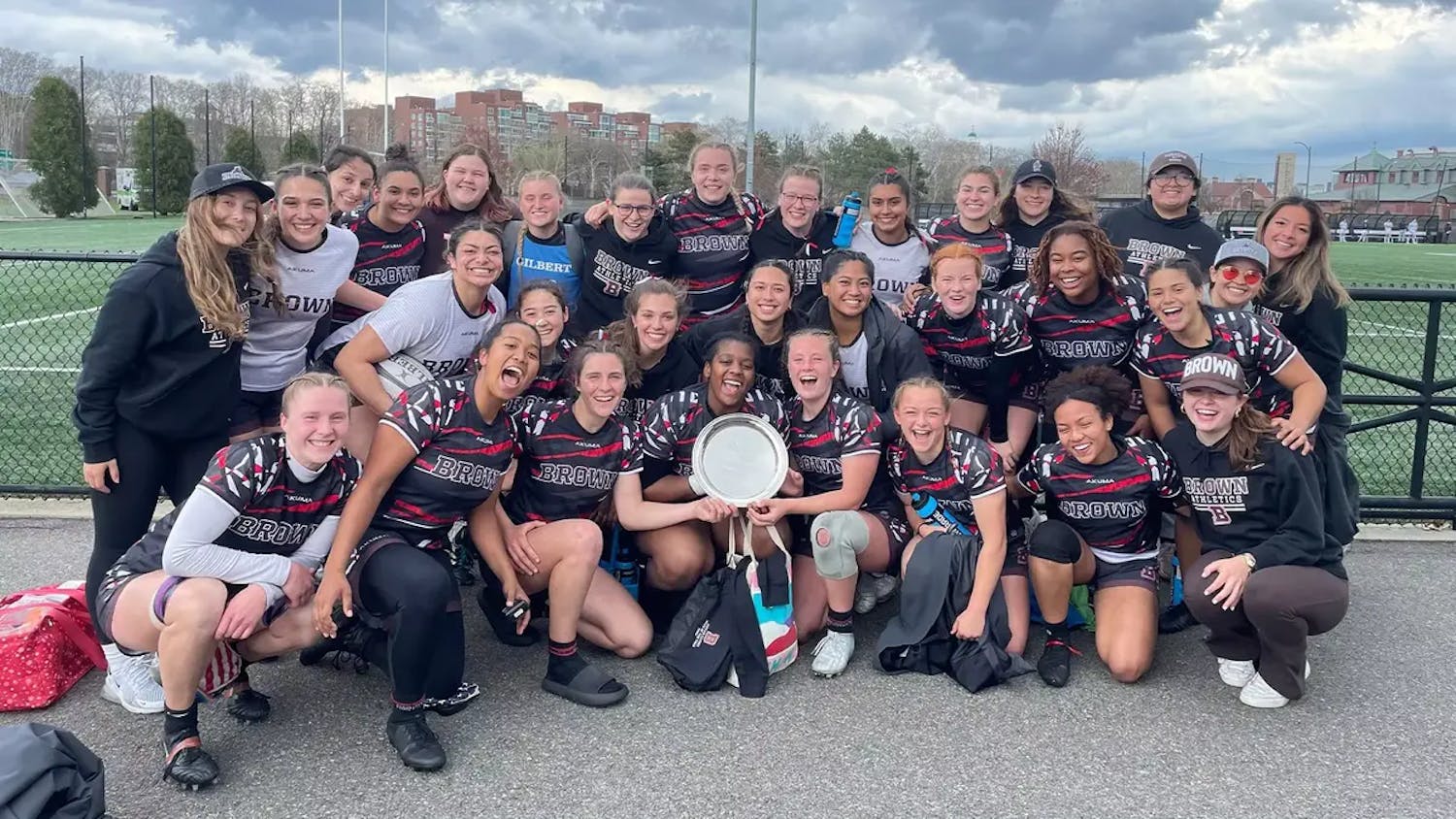When Dodgers first baseman Adrian Gonzalez was called out at the plate in the second inning of game four of the National League Championship Series, he immediately signaled to his dugout for a challenge. He thought he was safe and that the replay would prove it.
When the Dodgers challenged the call and the reviewing umpires did not find enough evidence to overturn it, he was more than a little upset.
“Call what you see. Do you see a safe or do you see an out?” Gonzalez said after the game. “They didn’t say I was out. They said there was not enough evidence. They knew I was safe. They just didn’t want to overturn it.”
The reference to “evidence” comes from the text of the replay procedure. By rule, replay officials cannot simply make whatever call seems more likely based on video review. They must consider the original call on the field and may only overturn it if they find “clear and convincing evidence” that the original call was incorrect.
Gonzalez disagrees with this rule. “It’s not a trial. Evidence should not be involved,” he said after the game.
Gonzalez’s critiques have been echoed across baseball since replay was first instituted. But put simply, they’re just wrong. The replay system has problems, but the “clear and convincing evidence” standard is not one of them.
Those who disagree with the standard contend that often the outcome of a play can be visible on video review without being clear and convincing. This was Gonzalez’s argument: While it may not have been absolutely certain that he touched home plate ahead of the tag, it appeared so based on replays.
But this argument is not borne out by reality. In 2016, replay officials overturned more than 50 percent of all calls that were challenged — a season high. Replay umpires routinely spend minutes at a time minutely examining a single play, looking for reason to overturn a call and often make overturns based on evidence that seems far less than clear and convincing. The notion that replay makes controversial calls too difficult to overturn is simply not true.
The “clear and convincing” standard also has another important purpose. Even video review is often inconclusive. In Gonzalez’s case, the replay officials found it could not be determined whether his hand had landed on the plate when Cubs catcher Wilson Contreras applied the tag based on video review. Based on video of the play, I agree. While it may appear that Gonzalez may have touched the plate before being tagged, I can’t say definitively that he did. In fact, on all angles of replay available, it is abundantly possible that his hand was still in the air when the tag was applied.
Ken Rosenthal of Fox Sports argues that “something is wrong when 54,000 fans watching the video boards at Dodger Stadium and millions more watching on television see one thing and the replay official in New York sees another.”
Ignoring the problem that the 54,000 Dodgers fans at the stadium will obviously be biased in the Dodgers’ favor, there’s another problem here: The millions of people watching on television aren’t looking for evidence. They’re simply making an instinctual determination based on what it looks like they see. Umpiring decisions should not be made instinctually. Calls should be made based on the actual evidence available. And in this case, the evidence was insufficient to show that Gonzalez had reached the plate safely.
On plays with that level of uncertainty — which, for the record, include Gonzalez’s slide into home on Wednesday night — replay can’t always determine what happened. And when that is the case, the only sensible procedure is to stick to the original call — far better than changing the call without sufficient reason.
Replay was not designed for calls like this. Even on slow-motion, high-definition video, it’s almost impossible to tell whether a player’s hand is actually touching the ground. Replay was designed for calls that, when made incorrectly, can be easily detected — balls that land foul but are called fair or fly balls that are ruled caught but bounce before hitting the fielder’s glove.
Gonzalez and Rosenthal’s argument is premised on the belief that “clear and convincing evidence” is too much to ask. They claim that changing the standard will lead to more correct calls, but in reality, it is a subversion of the replay process. Often there is no clearly visible correct call: There is the call on the field of safe or out, and the call on the replay, of indeterminate or too close to tell. And when calls are too close to tell, nobody has any business overturning them.
To be sure, the system is not perfect. The review procedure probably needs adjustment of one kind or another, and replay is certainly not without its problems. But demanding clear and convincing evidence before overturning a call on the field is emphatically not one of them.
James Schapiro ’19 is still bitter about calls overturned against the Mets three years ago. He can be reached at james_schapiro@brown.edu.




